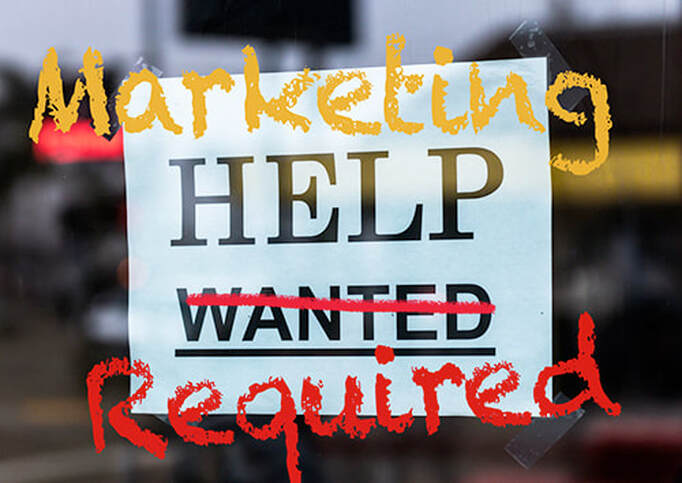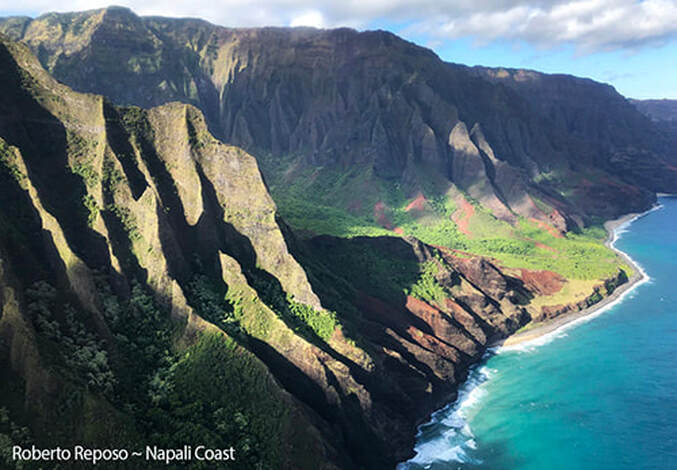author of Honorable Influence - founder of Mindful Marketing
You’ve likely seen signs in restaurants, ads from retailers, and posts on social media from other service providers announcing pressing needs for more employees. While the recent labor shortage has been a boon to job seekers, it’s been a bummer for many businesses that find themselves perpetually understaffed. However, firms can turn their current recruitment challenges into opportunities if they rethink how they market to prospective employees.
Like many professors, I’ve invested considerable time helping students get jobs, both internships during college and career positions after graduation. What has for decades been largely an employer-oriented sellers’ market has suddenly shifted. Now employers are increasingly competing for new hires. As a result, it behooves businesses to go back to school and brush up on their marketing, not to attract customers but to contract employees.
In a few days, I'll participate on a panel for that purpose, joining three others to engage employers in a discussion of how to recruit college students and recent grads more effectively.
Being both a marketer and a college faculty member, I hope to offer a unique perspective, mainly based on two-plus decades helping get students gainfully employed. I’m fairly familiar with Gen Z’s preferences in the recruiting process. So, in case there’s any overlap between the panel audience and this one--spoiler alert! I’m sharing below my recommendations for more effective marketing to prospective employees.
It’s probably not surprising that this marketer’s suggestions flow from the 4 Ps. Although there are several strategies I could encourage for each marketing mix component, I’ve singled out two for each, not because they’re necessarily the most important ones but because they’re the features/benefits that young prospective employees increasingly seek, which means they’re ones upon which employers need to double down:
Product
- Social Responsibility: Gen Z’s desire to align themselves with organizations that make a difference is well-documented. Its members want to have a positive impact on the world, and one of the best ways to do so is to work for “purpose-driven companies.” Firms should be able to communicate clearly and concisely to prospective employees how they help people and the planet.
- Attractive Organizational Culture: Decades ago, when I was entering the job market for the first time, company culture was not on my radar screen. Now most new hires want to know 'what it will be like' to work for a firm. I often hear them offer desired descriptors like “low-stress,” “friendly,” and even “fun.” Interviewers should be prepared to talk about their organization’s culture and point to specific examples. They also need to model it in their interactions with prospects.
Place
- Work On-Line: Through the pandemic, where work occurs has become an increasingly important point of interest. Many people with whom I’ve spoken have suggested that they’ve enjoyed working from home; in fact, they’d like to continue to work remotely at least some of the time. As might be expected, most Gen Zs are extremely comfortable with digital technology and very used to interacting with others virtually.
- Work In-person: At the same time, people also mention that they miss the impromptu interactions that would occur in office hallways and around the proverbial watercooler. In taking jobs, many new grads move away from family and friends, so they’re hoping to make new, meaningful connections. One recent graduate told me it’s harder for her to develop those relationships just from online interactions. So, it seems that employers should provide at least some opportunities for face-to-face interaction.
Promotion
- Timely Communication: This past spring a senior student of mine was interviewing with an organization. The process was going well, but more than once he expressed concern, e.g., “It’s been almost two weeks since my second interview and I haven’t heard from them.” Granted, two weeks is not an unreasonable wait, but employers should be sensitive to the fact that more job seekers today have multiple options. So, to not miss the opportunity to make a great hire, firms should at a minimum make clear their timeframe for follow-up communication and even better, move the recruiting process along a little more quickly than it has gone in the past.
- Transparent Communication: In keeping with the previous imperative, many college students tell me how much they value transparent communication. Sometimes I push back and ask, “Do you really want to know everything an organization does?” They reply, “No, but we don’t like when they hide important things or try to put a positive spin on something negative.” In short, they want organizations to be open, honest, and genuine. Companies should be careful to model these values in their communication with prospective employees.
Price
- Appropriate Pay: Professional sports fans often hear of pro athletes wanting to “get paid.” It’s usually when a star’s current contract doesn’t compensate them in proportion to their productivity. College-age prospective employees don’t have contracts, but they should ‘get paid’ in the sense that they shouldn’t be lowballed; rather, they should be offered competitive salaries and benefits at if not above market averages. These young people aren’t looking to squeeze out every dollar they can, but they do have debt to pay and don’t want to have to live paycheck-to-paycheck. Similarly, unpaid internships should be a thing of the past.
- Work-Life Balance: The greatest resource employees give organizations is their time. Although the prospective employees with whom I speak are very willing to work hard, they rightly want to have sufficient time for other needs and interests outside of the office. Employers should monitor and encourage healthy work-life balance. They also should be ready to tell prospective employees about their systems for maintaining an agreeable life equilibrium.
Some sectors, like healthcare, already know well the challenges of employee recruitment and retention: For years, hospitals have labored to hire enough doctors and nurses. Now, many employers share their pain. The above prescriptions can bring some recruitment relief while also helping firms feel better, knowing that they’re practicing “Mindful Marketing.”
Learn more about the Mindful Matrix.
Check out Mindful Marketing Ads and Vote your Mind!










 RSS Feed
RSS Feed